Knife Maintenance Month: How to Clean Your Blades
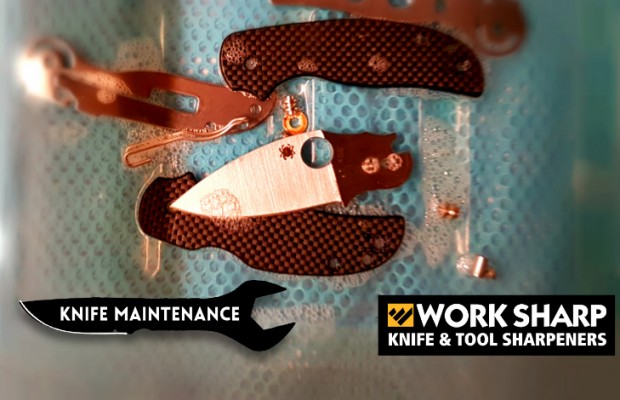
Brought to you by Work Sharp Knife & Tool Sharpeners
Kicking off our Knife Maintenance Month series is the simplest, yet most often overlooked, topic of knife care: cleaning. There are two general schools of thought when it comes to keeping your knives clean. There are those who advocate little more than soap and water, and those that think cleaning means nothing less than scouring every part with solvents after disassembly. One thing both sides can agree on, though, is that a dirty blade is more likely to corrode, its lock is more likely to fail, and the action won’t perform the way it was meant to.
Shopping list of knife cleaning supplies:
▢ Dish soap [grocery store]
▢ Isopropyl alcohol (also commonly called Isopropanol or rubbing alcohol) [pharmacy]
▢ Degreaser solvent [hardware store]
▢ Can of compressed air [hardware store, stationary store]
▢ Toothpicks [pharmacy, grocery store]
▢ Cotton swabs [pharmacy]
▢ Disposable lint-free cloth or paper towel [pharmacy, grocery store]
First, let’s state the obvious. Never clean a knife by putting it in the dishwasher. Dishwasher detergent is abrasive, which will scour the edge dull, while the high-pressure water jets of the dishwasher cycle will batter it. Also avoid using any kind of metal abrasive pads, and if you’re drying a knife with a cotton towel or handkerchief make sure that it’s totally clean and free of debris. Is scratching a blade the end of the world? No, but when you’ve spent hard earned money on a knife you want it to stay looking great – which also helps retain its value.
Depending on what exactly you and your knives have been getting into, and how your knife is constructed, your approach to cleaning is going to be different. But generally, it makes sense to choose a non-invasive approach first – there’s no need to rummage under the sink for rubbing alcohol just to rinse peanut butter off your blade.
Soap and warm water will tackle most of the day-to-day cleaning you’ll need to do. Some fear getting water in the pivot of a folding knife, but experts seem to agree that as long as it doesn’t remain wet for an extended period of time, there’s no harm in it. Simply rinse the knife inside and out, lather with a little mild soap if need be, and thoroughly dry. To dry the parts of the knife you can’t reach with a towel, it’s a good idea to have a can of compressed air on hand to blow the remaining moisture out of the liners and pivot of a folding knife.
Toothpicks and cotton swabs can reach the nooks and crannies your hands cannot, especially inside of a back lock or other ‘closed construction’ knife.
Now, for the cleaning jobs that need a little more muscle, you’re going to need something a little stronger than just soap and water. A judicious application of Isopropyl alcohol on a lint-free cloth or cotton swab can tackle some of the grime that soap fails to clean. It works great on residue, inks, and light grease, evaporates quickly, and has the added benefit of being a disinfectant. For the most persistent glues, gums, greases, and tars, a citrus oil-based solvent like goo gone or de-solv-it should do the trick. Just be sure to keep it away from anywhere you want to remain lubricated, like the pivot – those powerful solvents will strip away the oils you want to stay in place.
Though it can sometimes void a manufacturer’s warranty, the ‘nuclear’ option when it comes to knife cleaning is disassembly. From time to time to really clean your knife you’ll need to take it apart. It’s the only way to clean ultrafine grit and dirty grease that accumulates in the pivot or under the liners and hardware. When it’s time to go ‘nuclear’, soak the parts of the knife in an isopropyl bath for 10 minutes. Then lather with soap, rinse the parts, lubricate, and reassemble. If you’re wondering exactly how to go about disassembling your knife, we’ll be covering disassembly / reassembly next week in Part 2 of our Knife Maintenance Month series.


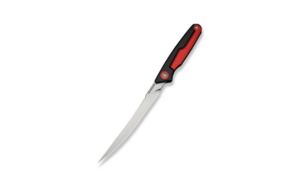
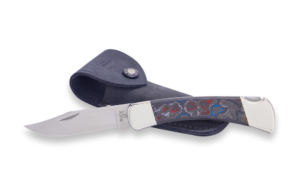
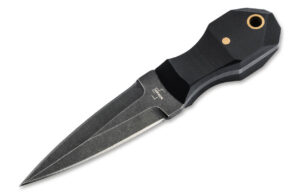






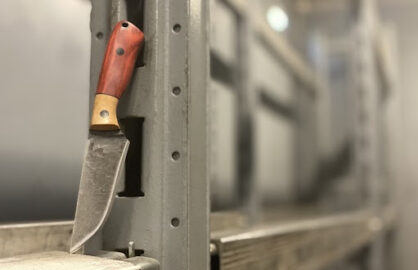

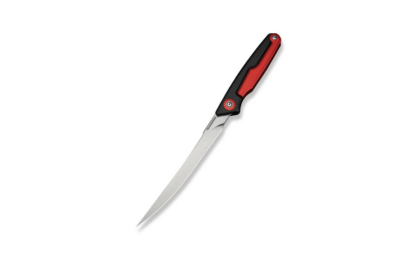

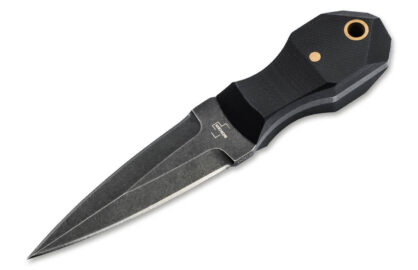




0 comments